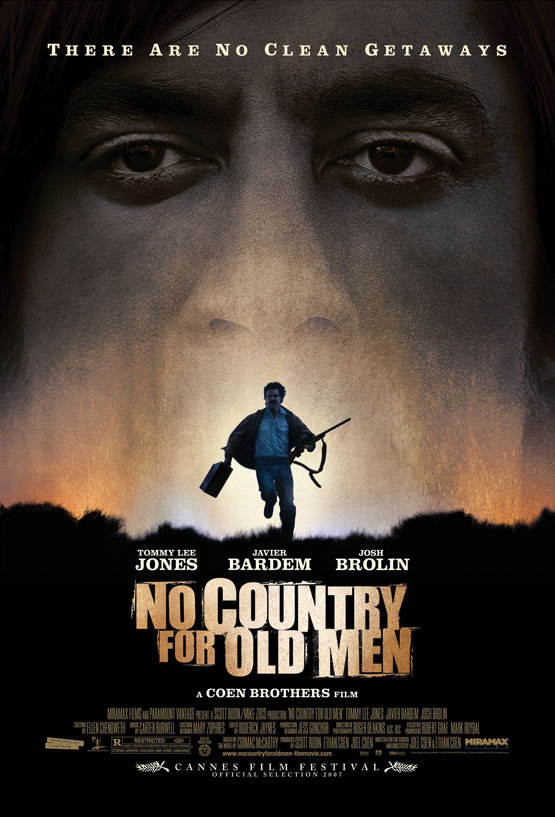No Country for Old Men” is a crime drama film directed by Ethan Coen and Joel Coen, starring Tommy Lee Jones, Javier Bardem and other actors. The film is a classic Coen Brothers film with its stylized cinematography and the profound social reflection behind the story. The film won four major awards at the 80th Academy Awards, including Best Picture, Best Director, Best Supporting Actor and Best Adapted Screenplay.

The film is based on the novel of the same name by Pulitzer Prize-winning author Cormac McCarthy and takes place in a desolate and silent clearing on the U.S. border with Mexico in 1980. One day, Moss, a local Vietnam veteran, comes to the area to hunt. Inadvertently, he finds the bodies of a group of criminals who died together in a failed drug deal, as well as a large truckload of drugs and a suitcase containing two million dollars in cash. The money-hungry Moss took the suitcase with two million dollars in cash, but unexpectedly this brought him a deadly disaster.
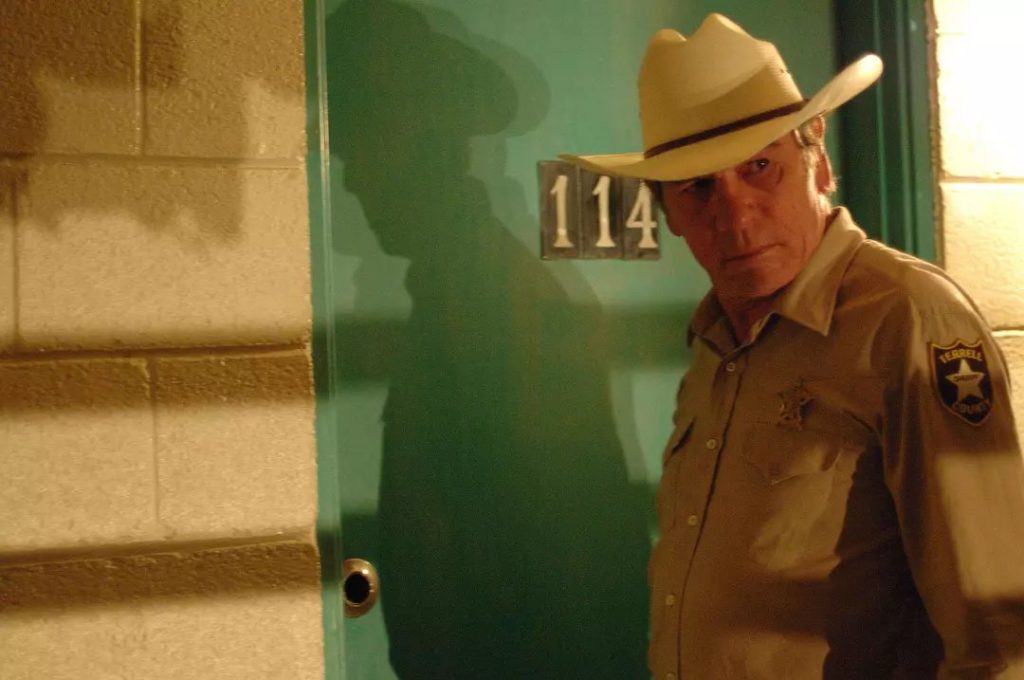
Ziggy, a psychopathic murderer, is entrusted by others to track down Moss to recover the large sum of money. An old local police officer, in order to help Moss, to apprehend the homicidal maniac Ziggy, he worked hard to find these two people. But unfortunately, he was limited by his own even though he tried his best to chase Ziggy, a cold-blooded killer, but ultimately failed to save Mose’s life, and failed to apprehend the killer Ziggy, leaving an endless sigh and pathos of emotion.
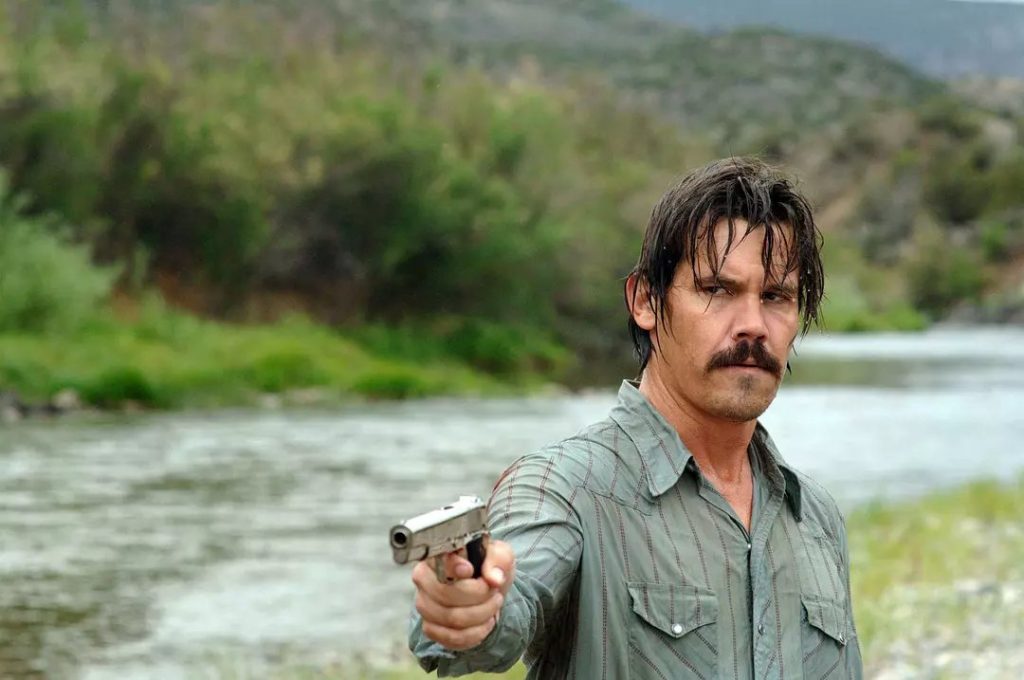
The contrast between the two narrative lines is strengthened
There are two narrative threads in the film: the main thread is a chase and escape story, the plot is tense and exciting, while the secondary thread is an old police officer facing the chaos of the current situation in society, this thread seems to be outside the plot, but the basic element that strings together the whole film and regulate the pace of the film. The main line of the crime scene arranged by the director has always attracted the audience’s attention and kept the audience highly tense, and then the director regained control of the tense rhythm, the film cleverly interspersed with a relatively slow pace of the secondary plot to regulate the audience’s emotions, making the rhythm of the two clues complement each other to form a harmonious and unified whole.
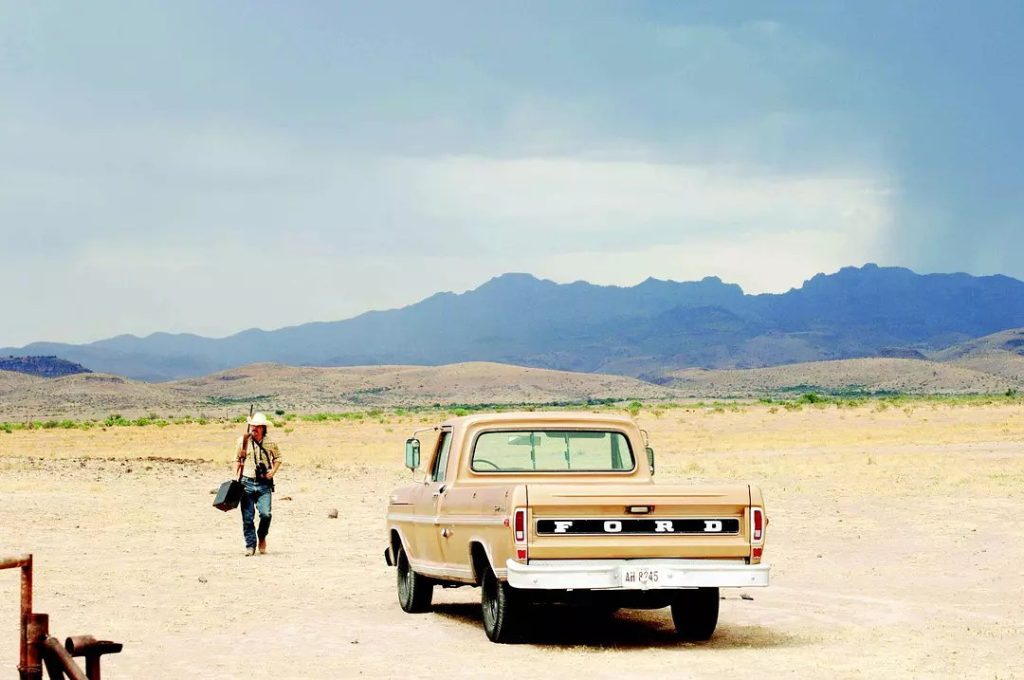
At the same time, the director cleverly uses the dual narrative structure to show the audience the different life situations and ways of action faced by the main and secondary characters, in order to form a strong contrast and enhance the main idea. On the one hand, in the extremely aggressive images and plot of the main plot, the chaos, disorder and sin of the group of people symbolized by Ziggy is shown, and the wildness and impulsiveness of Ziggy in the background of this impetuous era is shown very clearly. The two complement each other, forming a strong contrast and greatly enhancing the flow of the film’s humanistic theme.
The contrast of sound and light elements
Unlike the hotel scene in another Coen Brothers’ work, “The Ballad of the Drunken Country,” the use of light and shadow in this film is different from that of the Coen Brothers’ other work. The cold overall tone of the film highlights the film’s black, low, lonely theme. The cinematographer Roger Dickens contrasts the bright outdoors with the dark interior scenes, and the desolate landscape, making the whole film a nightmarish world.
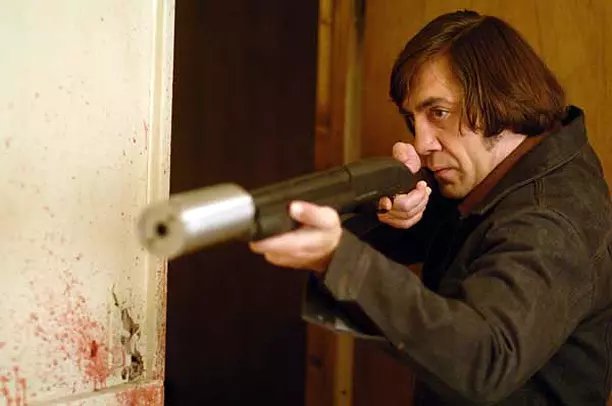
It is worth noting that the cinematographer shows the different living environments of the two worlds through the contrast between the inside and outside of the house. The strongly lit outdoors symbolizes the era full of competition and struggle, a world full of human desires and obsessions, and this is the world that the old police officer Bell cannot adapt to and face. The film is almost devoid of any evidence of the old police officer’s obsession. The film from beginning to end almost no soundtrack, accompanied by those people and those things only the sound of the wind above the desert, endless wind blowing silently, in addition to the noisy noise left behind by the hustle and bustle of the world, there are no good notes worthy of people to stay, the director through the silence of the main soundtrack and the restless sound of killing to do contrast, portrayed the arrogance and recklessness of the killer and the old police officer facing the fate of helplessness and pathos.
The contrast of motion shots is enhanced
The use of more sports photography in this film plays a vital role in the formation of the film’s overall style. When Moss is cautiously looking for survivors at the scene of the shootout, the integrated use of pushing and pulling panning shots makes the plot always full of the feeling of crisis, the audience can’t help but worry that someone will suddenly appear to attack Moss. Moss in the hotel in the fierce battle scenes, with a slight shaky follow-up shots to let the audience more truly feel the tension of the atmosphere at the time, it can be said that this scene will be the audience’s emotions tuned to the highest point.
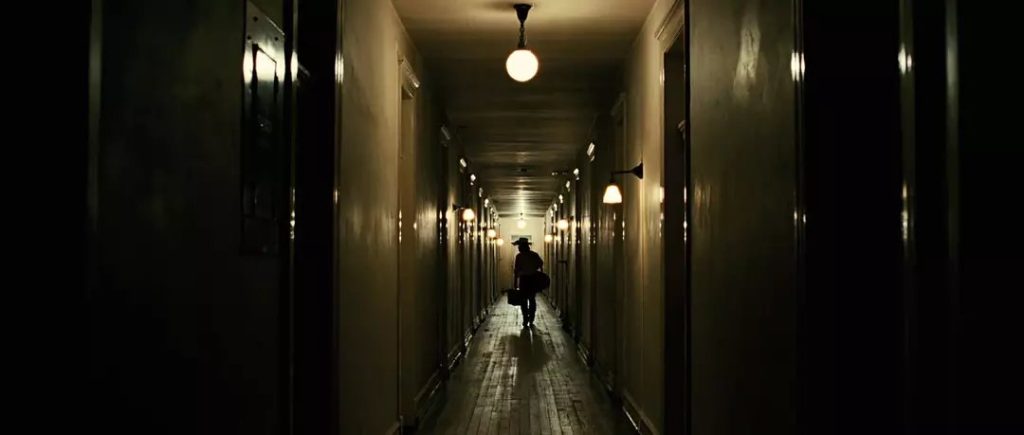
At the same time, the director through the alternating switch of camera movement to show the old police officer when the full force of the pursuit of the killer and perseverance, but also through close-up and close up shots to show the old police officer finally feel helpless to the incident when the pathos of action and deep emotion. The film contrasts the cold-bloodedness of the killer and the powerlessness of the old officer Bell after he has tried his best to further express the different situations of the two characters in the same era through the camera in motion.

In addition, the film through the portrayal of life and death between Moss and Ziggy, intertwined with the Mexicans, drug dealers, private detectives, and the police, the endless competition also implicitly conveyed a metaphor behind the story in the film, that is, in the cultural model of American society, life is a competition between the best and the worst. Whether it is the characters in the film or in the real life of Americans, everyone is a participant in this competition, some are rejected, some are unhindered, both cruel and sympathetic.
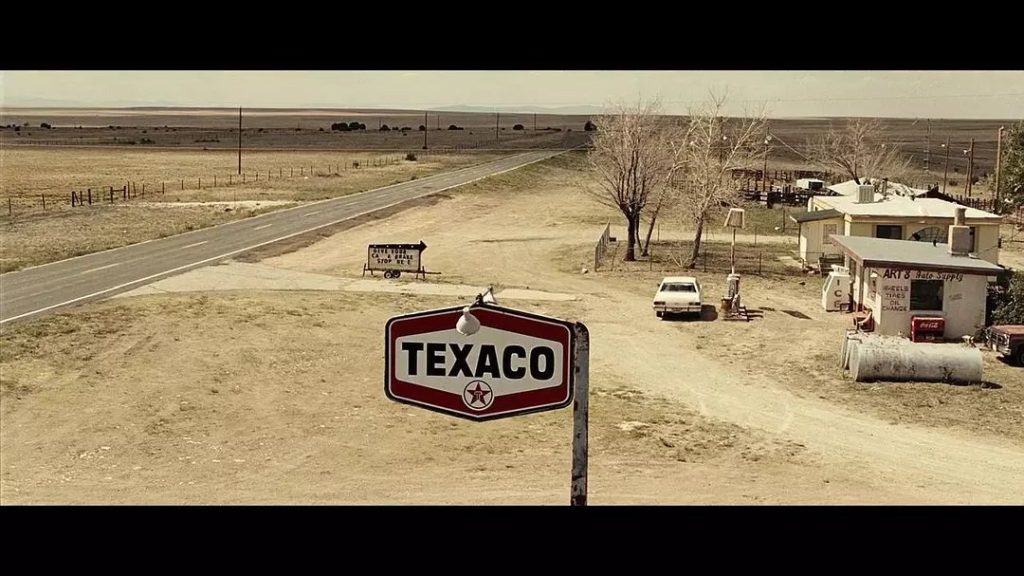
Throughout the film, the film continues the original’s concern for the survival of frontier people and tragic reflection on life forms. Together with the Coen brothers’ simple but rich camera language, relaxed narrative rhythm and the flexible application of dark humor elements, the film successfully presents us with an allegorical picture above the border. On the basis of their good grasp of the overall artistry of the film, the Coen brothers have deepened their exploration and reflection on social issues and the hopelessness of fate, and it can be said that the film is an excellent classic in terms of both image and theme.
